Fruits & Nuts
-

Written By: Ash Sial, Blueberry Entomologist; James Jacobs, Pierce County CEC; and Zack Williams, Bacon County ANR agent Over the past few years whiteflies have emerged as a major threat to several crops in Georgia and other states in the southeastern United States. In blueberries, whitefly populations typically increase after the end of harvest and…
-
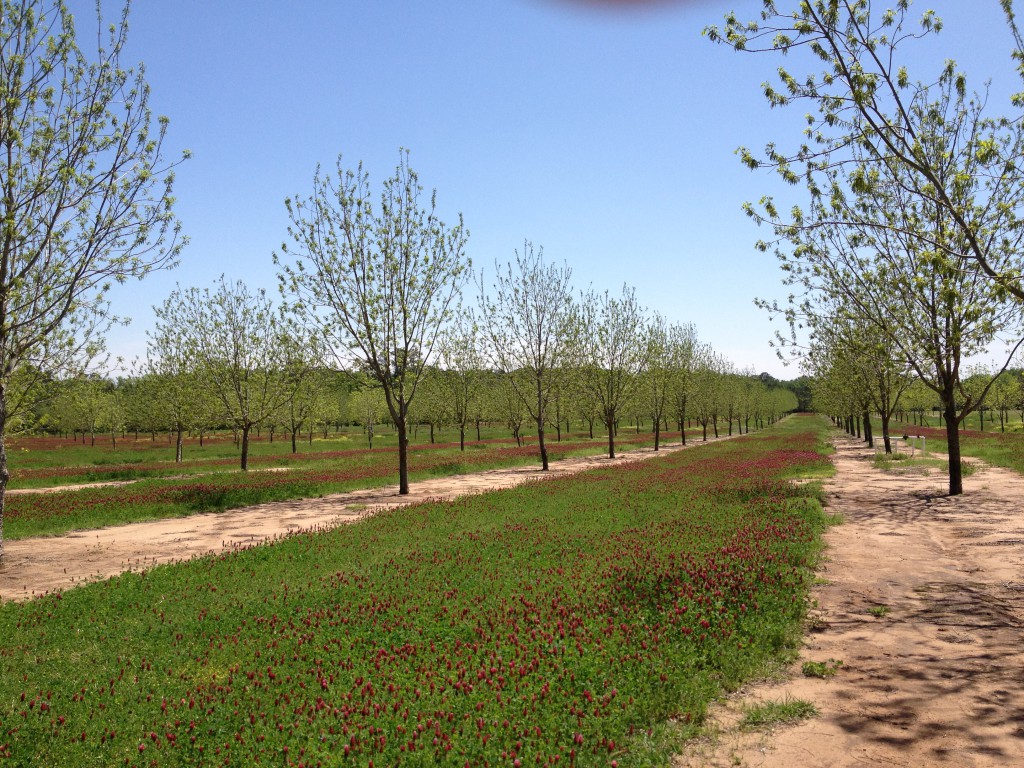
Written By: Emily Cabrera, UGA IPM Communications CoordinatorExpert Source: Andrew Sawyer, Southeast Georgia Area Pecan Agent This winter researchers will begin a series of trials to help identify better management practices for pecan growers in Georgia. New pecan trees will be planted at the University of Georgia Vidalia Onion and Vegetable Research Center in Toombs…
-
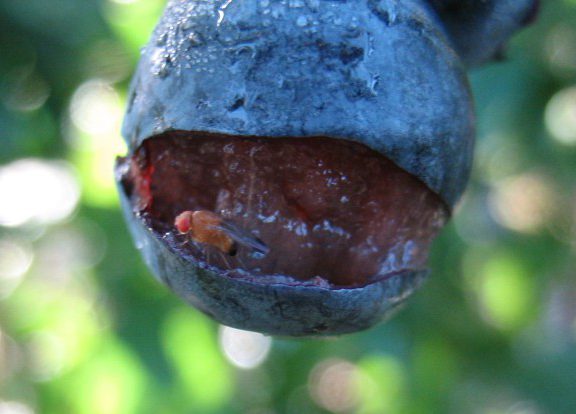
Written by: Ashfaq Sial, Associate Professor, Department of Entomology, University of Georgia Spotted wing drosophila (SWD) control programs should consist of three major components: 1) monitoring and identification, 2) preventative pest management tactics (including exclusion, sanitation, frequent harvest intervals, pruning, mulching, and resistant varieties), and 3) curative pest management tactics such as the judicious use…
Posted in: Blueberry, Chemical control, Cultural control, Exclusion, Insect pests, Monitoring, Organic, Prevention -

Written by: Ash Sial, Associate Professor, Department of Entomology, University of Georgia Over the past few days, I have received several calls from Extension Agents about prevalence of soft fruit, vertical fruit split, small berry size and some reports of worms in the fruit. Although it is difficult to determine the exact reasons, the unusual…
-
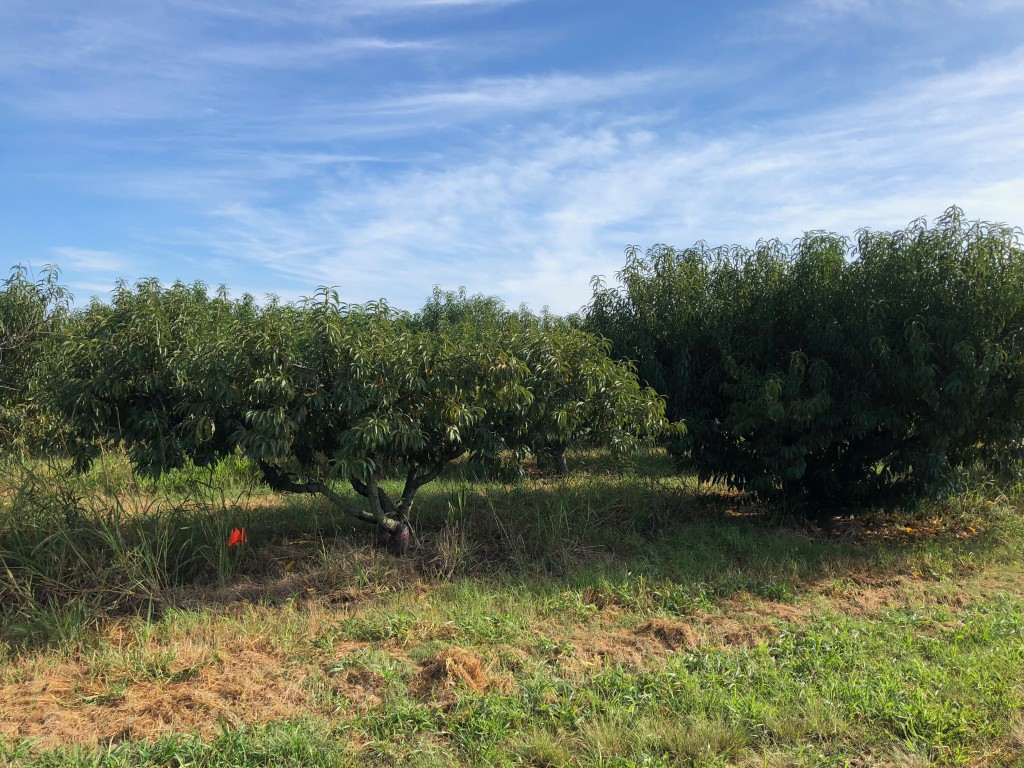
By Kendall Johnson and Phil Brannen Peaches are one of the most economically important fruit crops for the state of Georgia. Growers provide a large variety of high-quality fresh-market peaches for not only the Southeast, but for much of the U.S. Recently, growers have reported an increase in a disease called phony peach, and this…
-
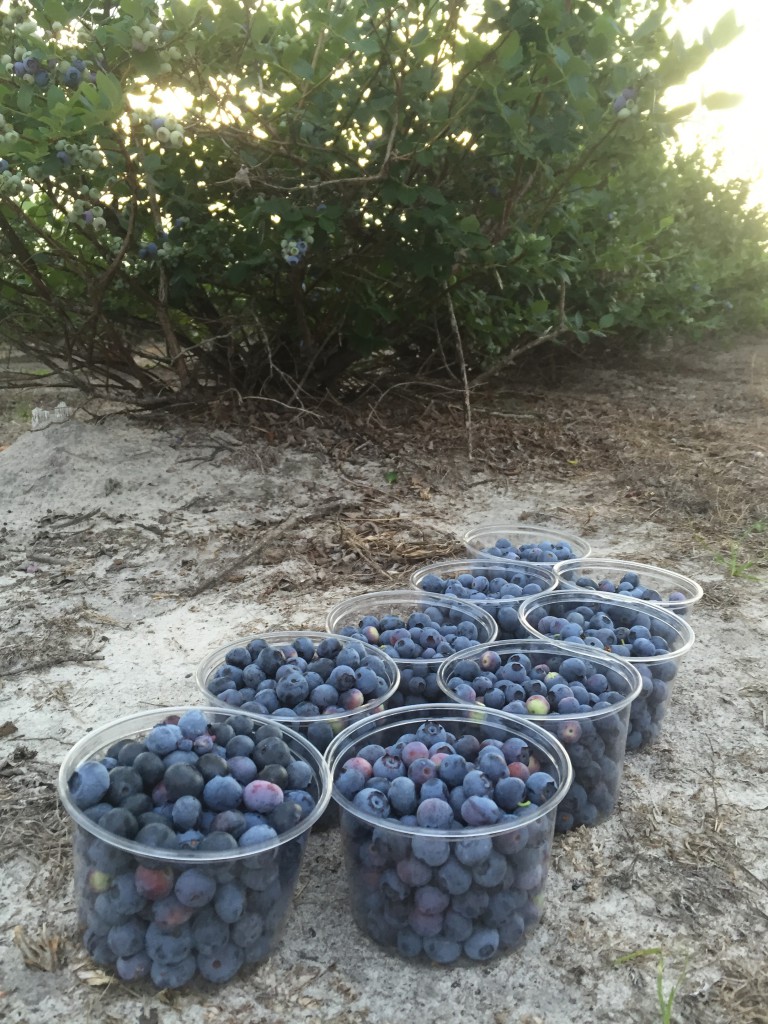
While most of the world is dealing with shelter-in-place orders and faltering economies, the plants just keep on growing and the pests just keep on coming. Many of the spring field days have been cancelled or postponed this year due to the Coronavirus pandemic, but a few research teams have forged ahead in this unprecedented…
-

Written By: Brooke Warres and Phil Brannen, University of Georgia Plant Pathology Department Due to a warm, humid climate that promotes multiple diseases, growing grapes in Georgia and the Southeast as a whole is a difficult task. Fortunately, with the right information, growers have been able to control harmful pathogens and expand the Georgia wine…
-
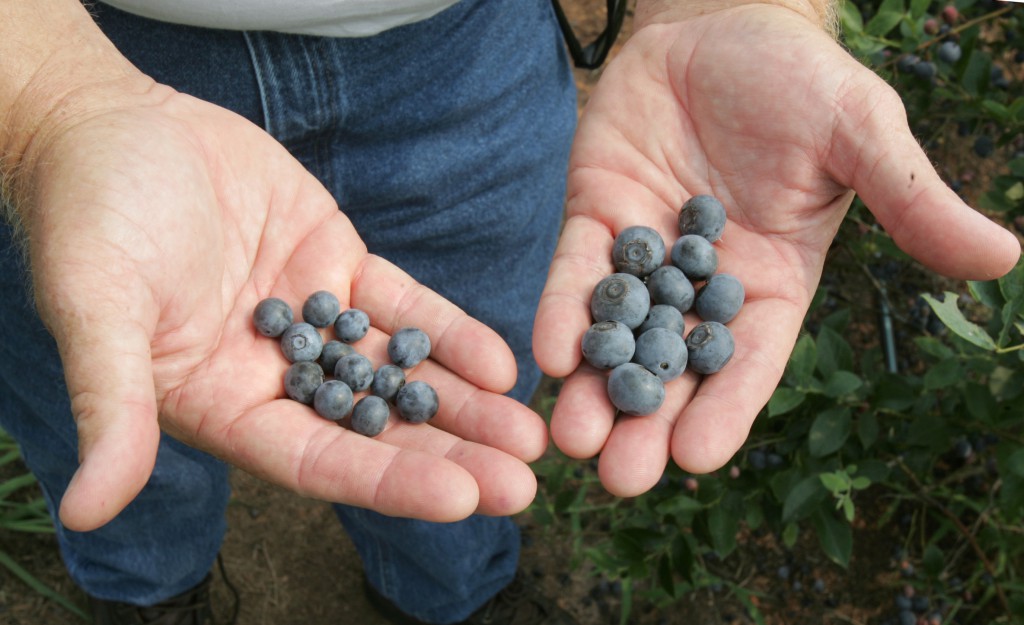
Interested in learning about integrated pest management options for blueberries? Need pesticide credits? Register for the Virtual Extension IPM Blueberry Field Day and join in next Tuesday, April 7th, 2020 from 10:00 am – 12:00 pm (EST). Register at: https://attendee.gotowebinar.com/register/1714103849236858380
-
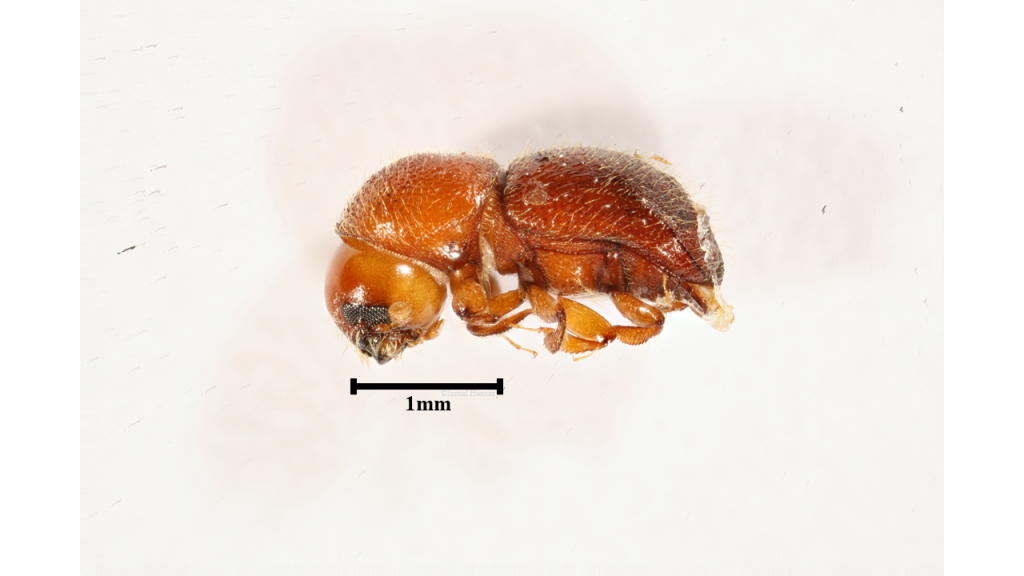
Written By: Emily Cabrera Expert Sources: Angel Acebes-Doria, Brett Blaauw, Shimat Joseph, and Will Hudson, Extension entomologists Early Monitoring If you are a pecan grower, monitoring efforts for ambrosia beetle should begin now, especially if you are planting new trees or have trees less than three years in your orchard. Young trees are at particular…